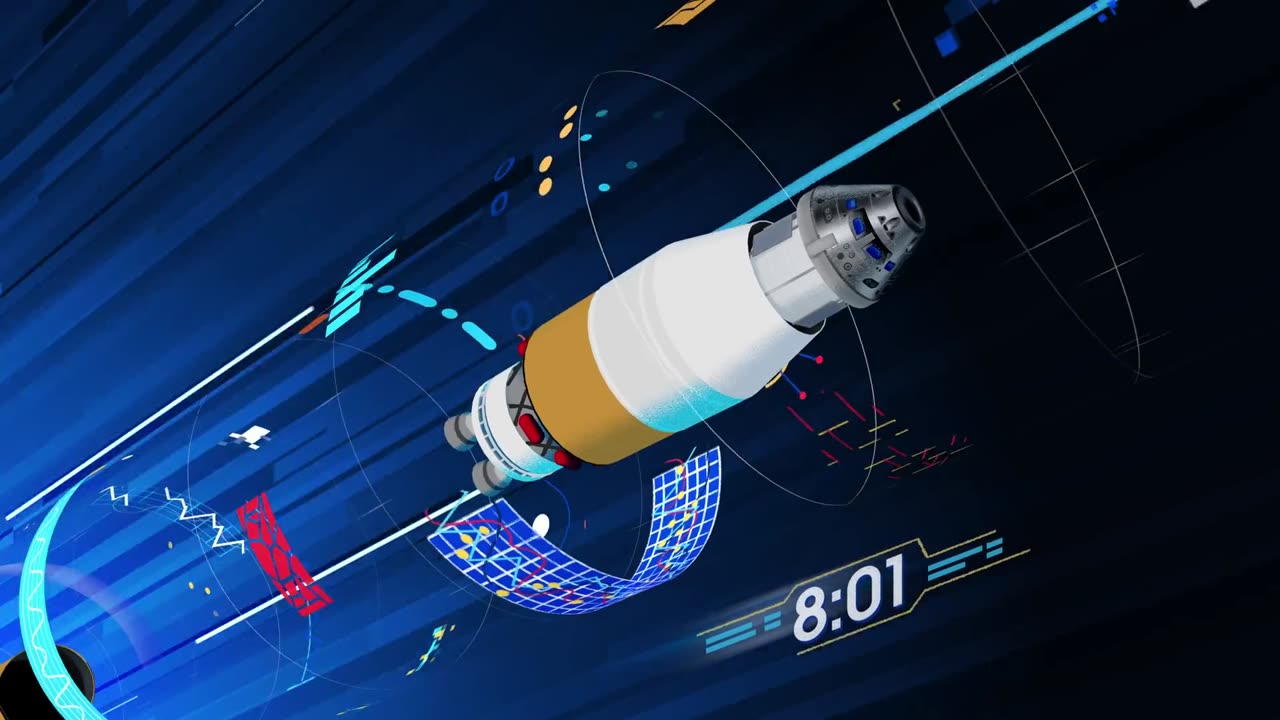Premium Only Content

Nasa space station
Orbital Mechanics: Space stations are placed in low Earth orbit, where they continuously circle the planet. They maintain their orbits by balancing the gravitational pull of Earth with their forward velocity.
Life Support Systems: Advanced life support systems provide astronauts with breathable air, water, and temperature regulation. They also manage waste and recycle resources to minimize dependence on resupply missions.
Structural Design: Space stations are constructed with durable materials to withstand the harsh space environment, including radiation, micro-meteoroids, and extreme temperatures.
Solar Panels: Arrays of solar panels capture sunlight and convert it into electricity to power the station's systems and equipment.
Modules and Laboratories: Space stations consist of interconnected modules, each serving a specific purpose. These can include living quarters, laboratories, storage areas, and more.
Research: Space stations offer a unique platform for scientific experiments that can only be conducted in microgravity. This includes studies in various fields like physics, biology, materials science, and medicine.
Crew and Rotation: Astronauts live and work on the station for several months at a time before returning to Earth. Crew rotations ensure a continuous human presence on the station.
Communication: Space stations communicate with Earth through a network of ground stations. This allows for data transmission, video calls, and real-time control of station systems.
Docking and Resupply: Spacecraft deliver supplies, equipment, and new crew members to the station. Docking ports enable these vehicles to attach safely to the station.
International Collaboration: Many space stations, like the International Space Station (ISS), are the result of international cooperation involving multiple countries and space agencies.
-
 LIVE
LIVE
MDGgamin
9 hours ago🔴LIVE-Escape From Tarkov - 1st Saturday of 2025!!!! - #RumbleTakeover
208 watching -
 3:54:19
3:54:19
SpartakusLIVE
5 hours agoPUBG Duos w/ Viss || Tactical Strategy & HARDCORE Gameplay
33.5K1 -
 LIVE
LIVE
FRENCHY4185
6 hours agoFRENCHY'S BIRTHDAY BASH !!! THE BIG 40 !!!
365 watching -
 1:23:33
1:23:33
Michael Franzese
14 hours agoThings to look forward to in 2025
76.2K37 -
 3:23:02
3:23:02
I_Came_With_Fire_Podcast
15 hours agoDefeating VICTIMHOOD: Advocacy, Resiliency, and Overcoming Abuse
87.7K15 -
 2:00:56
2:00:56
Game On!
22 hours ago $10.02 earnedNFL Experts debate if Joe Burrow will make HISTORY in Week 18!
107K12 -
 2:07:57
2:07:57
InfiniteWaters(DivingDeep)
4 days agoHOW TO ENTER 2025 LIKE A BOSS!
38.4K1 -
 15:43
15:43
Tactical Advisor
8 hours agoBEST and WORST Guns Of 2024
28.9K7 -
 9:14
9:14
Dermatologist Dr. Dustin Portela
7 hours ago $0.98 earnedProducts a Dermatologist Actually Uses
26.3K10 -
 20:54
20:54
inspirePlay
9 hours ago $3.94 earned🏌️♀️ Extreme Knockout Golf Challenge Part 2 – Do the GIRLS beat the BOYS? 🏌️
48.4K2